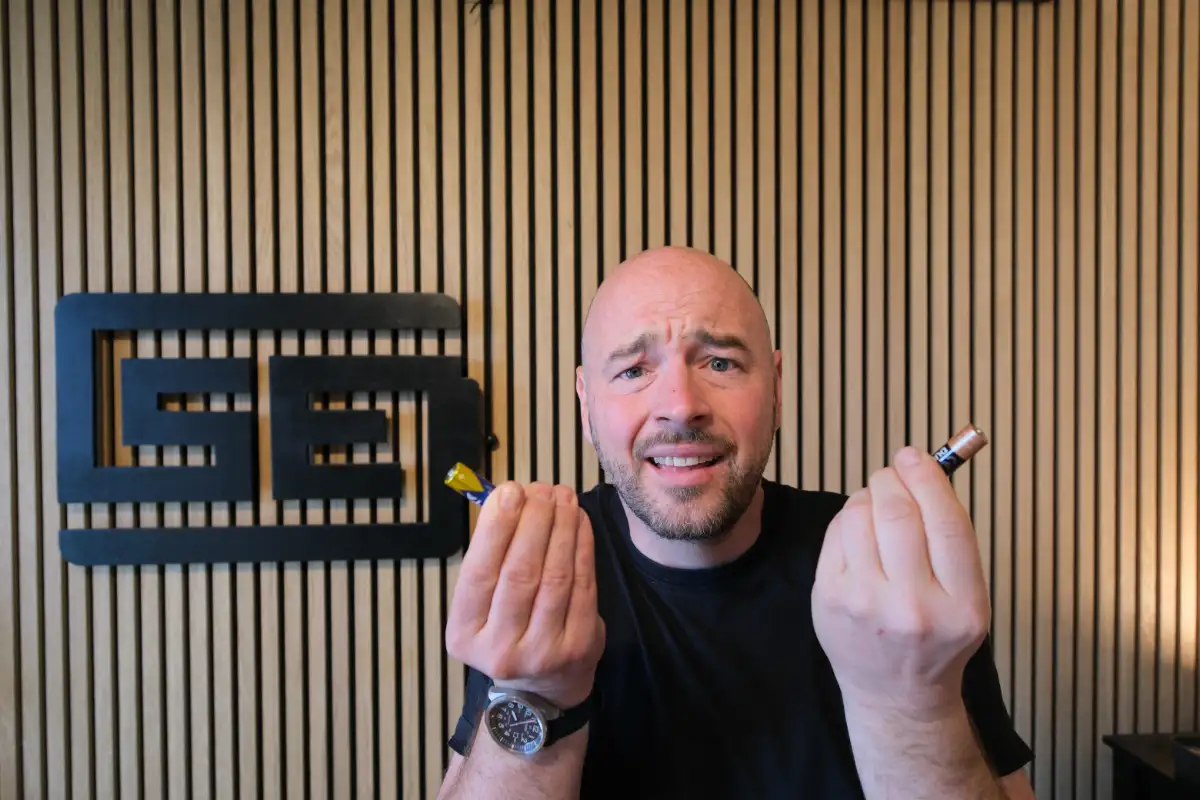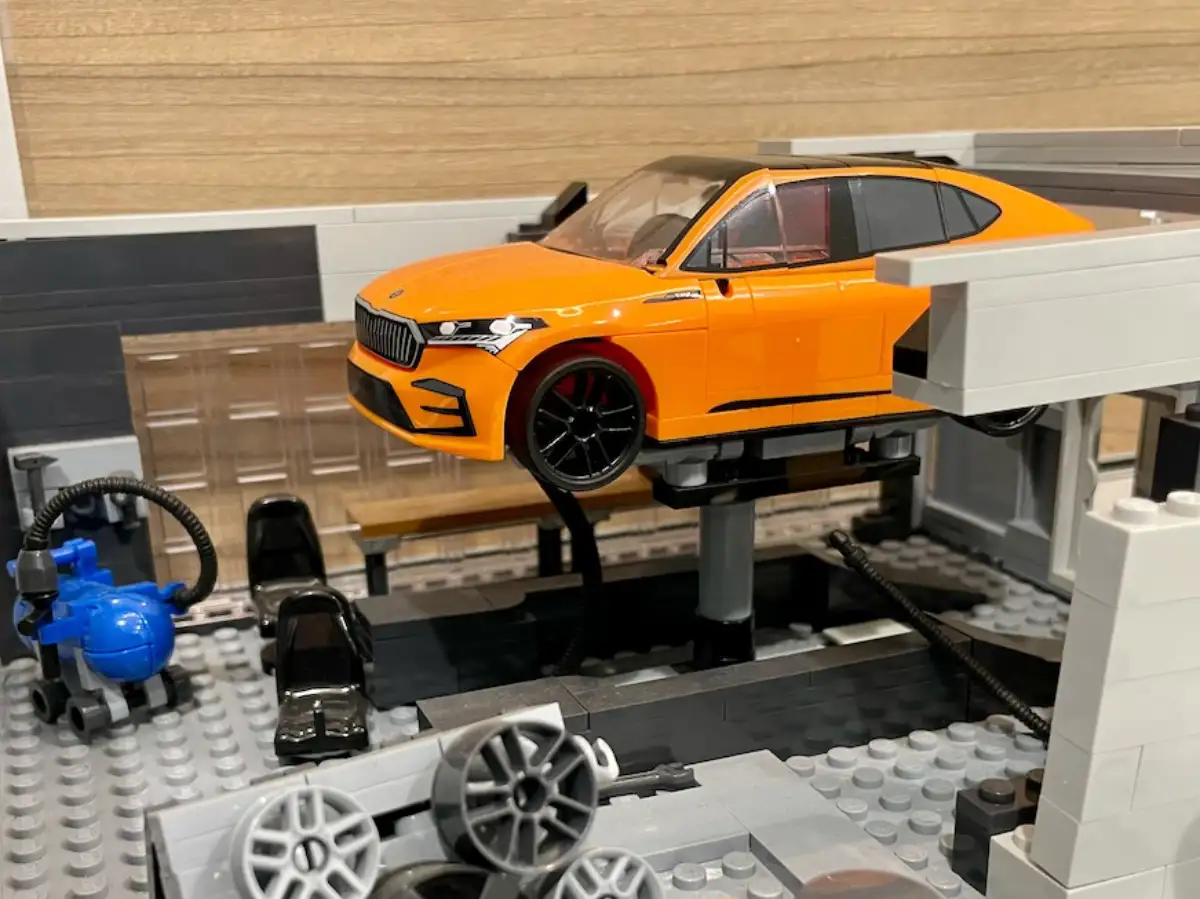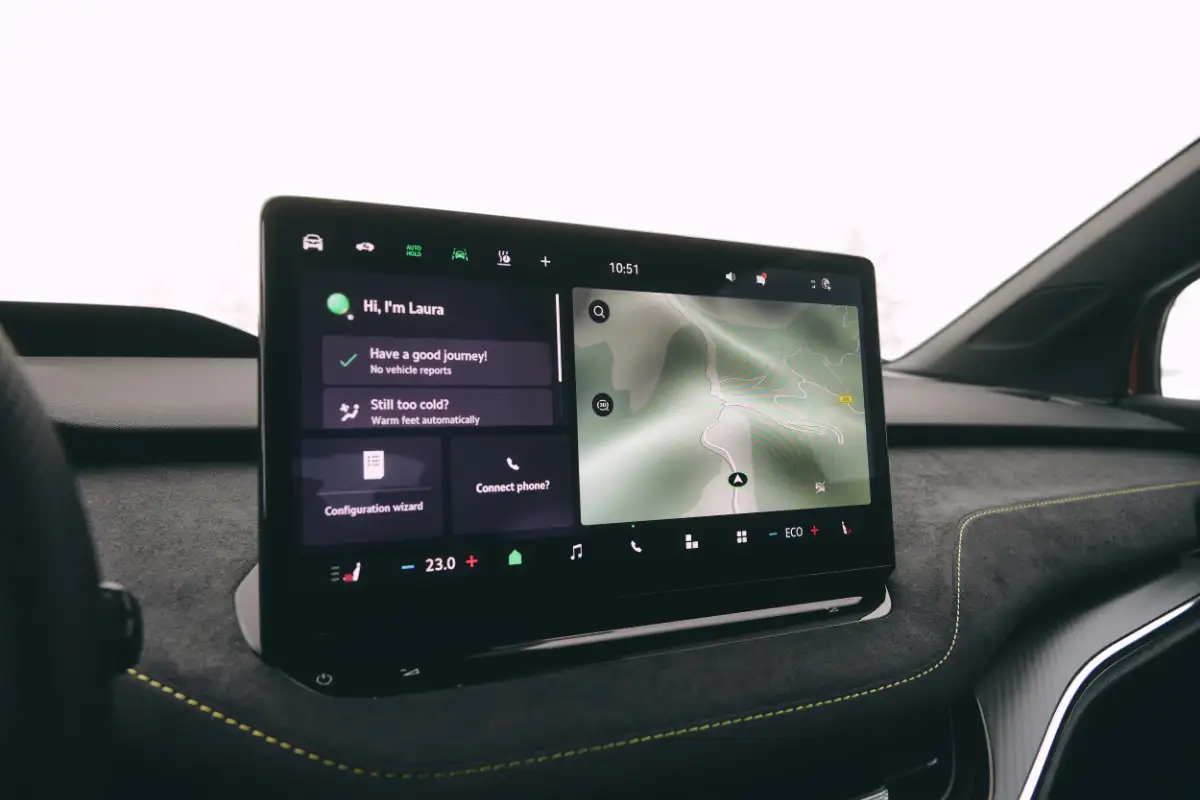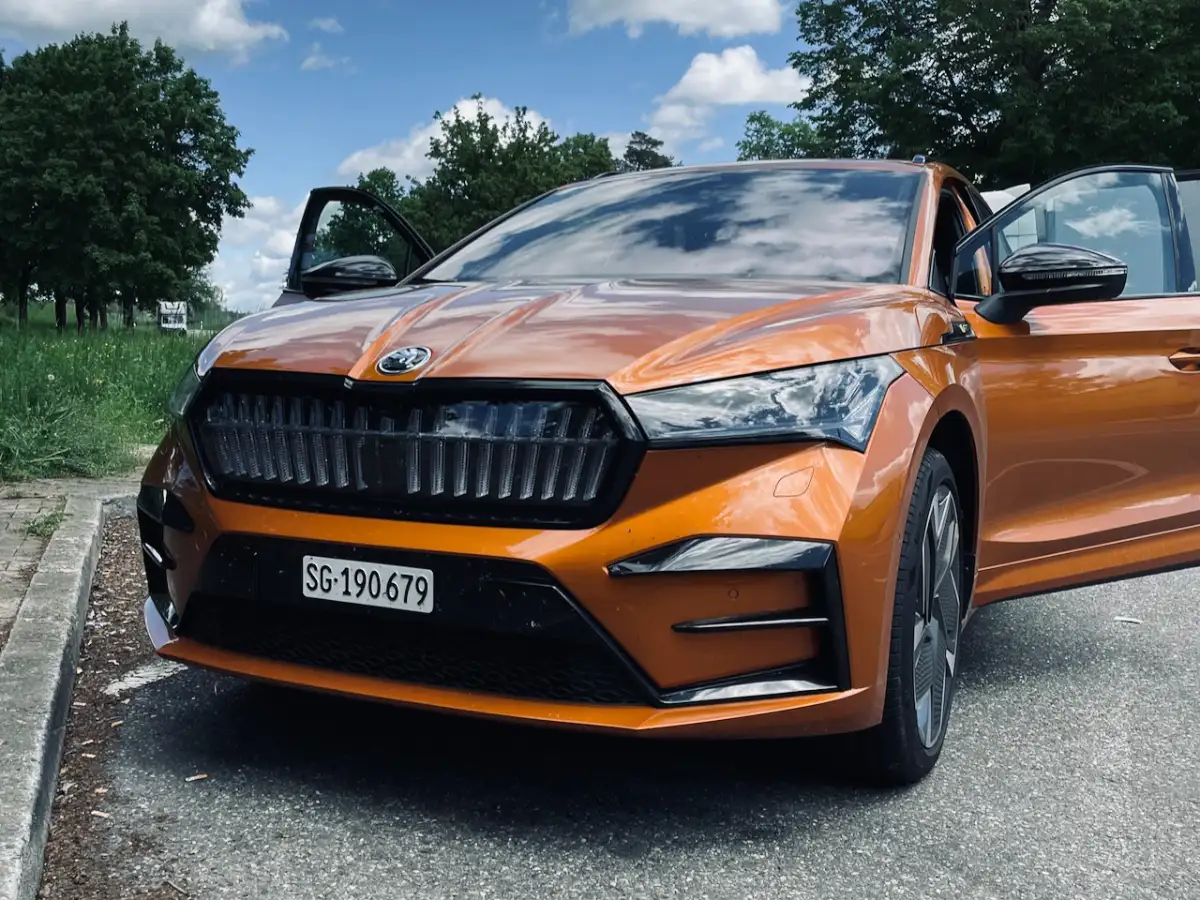Last week, Škoda announced that from calendar week 24 onwards, the ELROQ 85 will no longer be delivered with the 77 kWh LG Chem battery (up to 175 kW charging power). Instead, it will receive the 77 kWh CATL battery known from the ENYAQ 85 – with a peak charging rate of 135 kW. I already made a Video and a Blog Post about this.
The reactions? Emotional, critical, and at times quite heated – which I fully understand.
That’s why I made a second, much more detailed video – not just focusing on technical facts, but also addressing the most common concerns and questions from the community. Here’s a summary of the key points:
1. Is 135 kW really a downgrade?
No – not in real-world usage. What matters is not the peak value, but the average charging speed, especially from 10–80%. And in this range, the ELROQ 85 with 135 kW often charges just as fast – or even faster – than the 175 kW version.
3. Will resale value suffer?
Unlikely. What truly matters for resale value:
- Battery health
- Real-world range and efficiency
- Software updates and functionality
- Brand image and reliability
The peak charging rate plays only a minor role. That’s also what dealers tell me when asked what used EV buyers care about.
4. So why does it still feel disappointing?
Because we see headlines like “250 kW ultra-fast charging!” everywhere. But let’s look at real examples:
- BMW i5 charges with 205 kW peak – but takes 30 minutes from 10–80%.
- ELROQ 85 (135 kW) charges in 28 minutes.
- Tesla Model Y hits 250 kW – but only for a few percent. Over 10–80%, it’s slower.
5. What about 800V charging systems?
There are no 800V systems in this price class.
Competitors like the Kia EV3, BYD Atto 3, Smart #3, or Renault Scenic E-Tech charge at 100–150 kW peak – just like the ELROQ 85.
6. Could Škoda increase charging speeds via software?
Possible, but not likely. Software has improved charging before (e.g. ENYAQ 3.0 update), but only by 2–3 minutes.
Today’s batteries are already highly optimized. Major gains would require new battery chemistry – and that means hardware, not just software.
7. Why does the 175 kW version show more range in the configurator?
WLTP values vary based on test conditions, wheels, tires, and configuration.
Both batteries have ~77 kWh usable capacity.
Slight differences in range (e.g. +8 km) or consumption (e.g. –0.1 kWh/100 km) fall within normal tolerance.
8. So – should I still buy the ELROQ 85?
If you’re deeply uncomfortable with the change: Use your (possibly available) right to withdraw from the contract. That’s absolutely fair.
But if you want a well-balanced EV with solid real-world charging, the ELROQ 85 with 135 kW is still a very good choice – and in some cases, even the better one.Alle Details und meine ausführliche Argumentation im Video
All the details in my video





